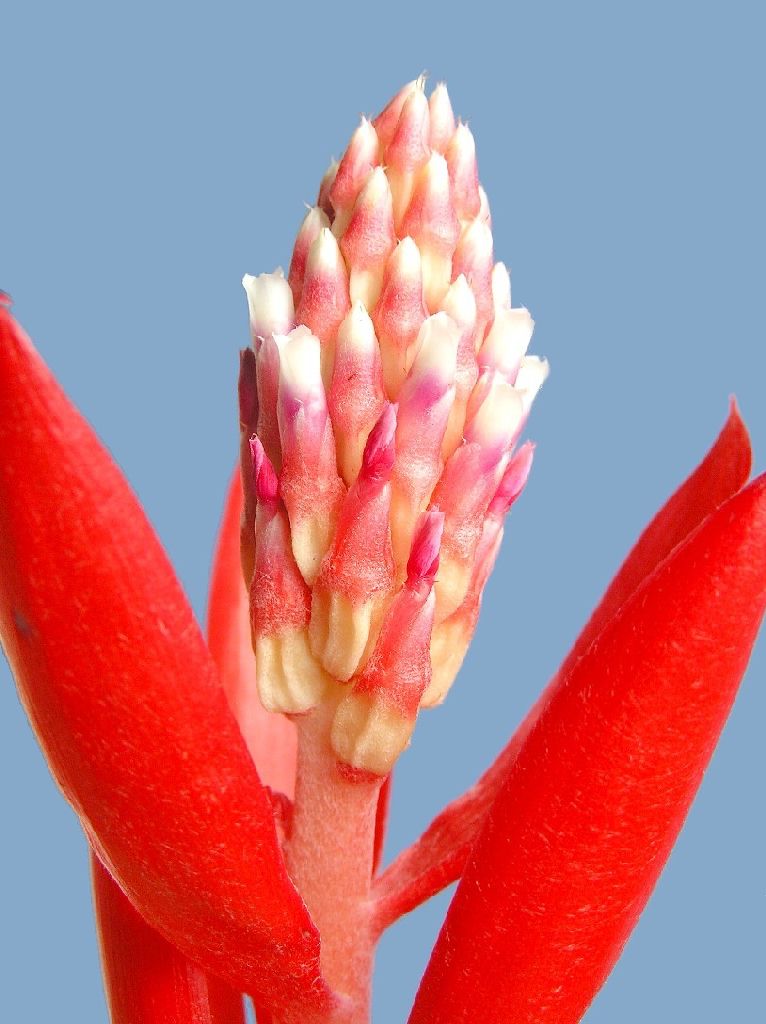
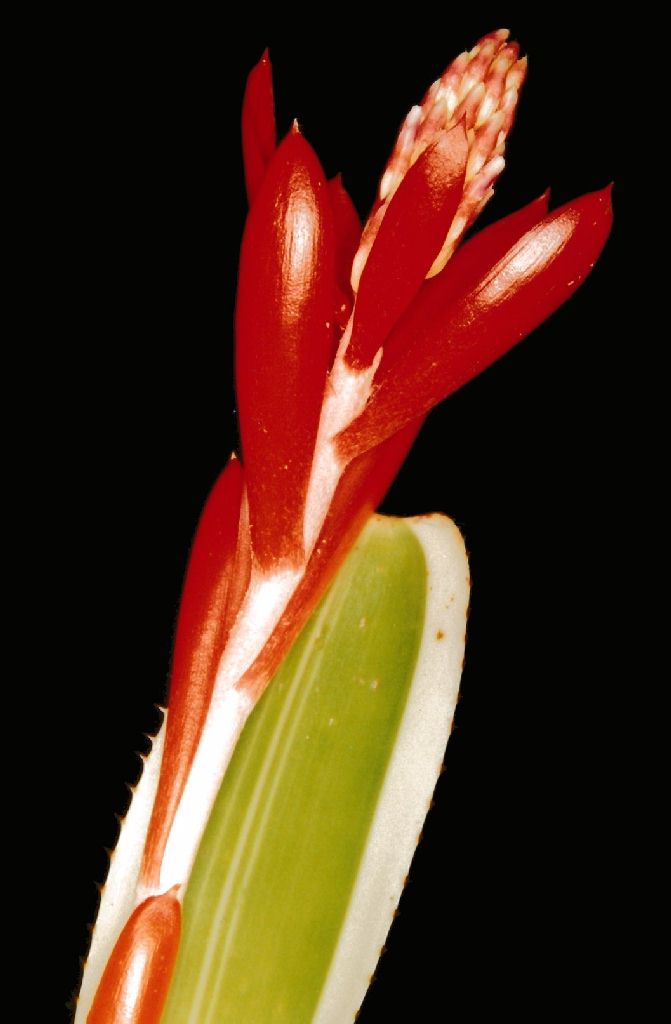
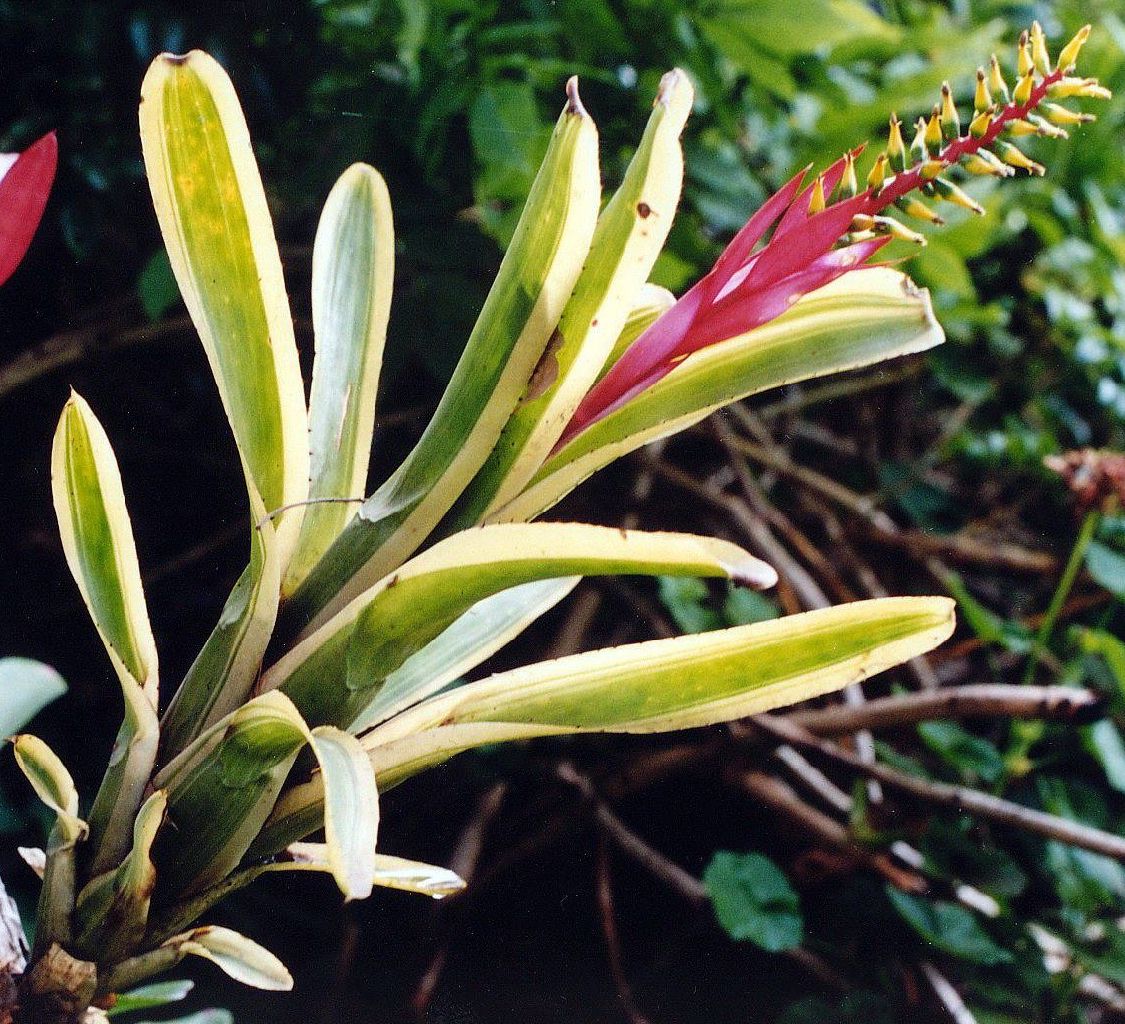
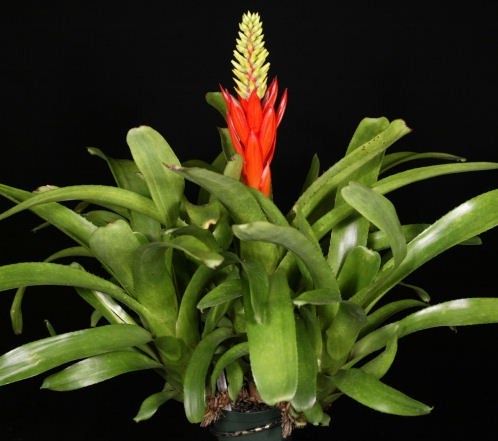
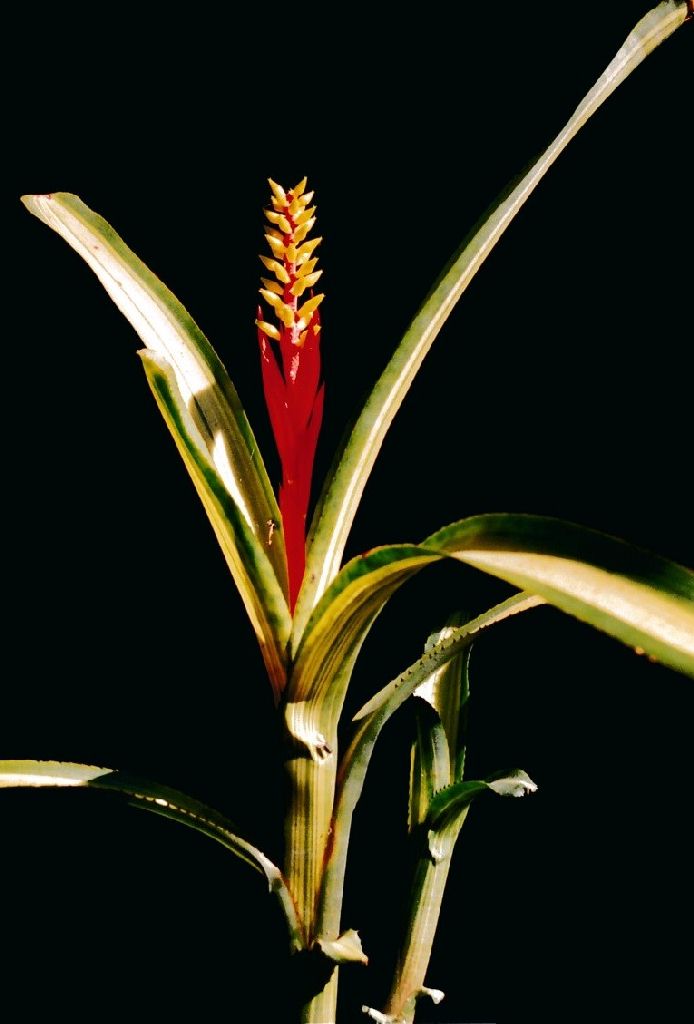
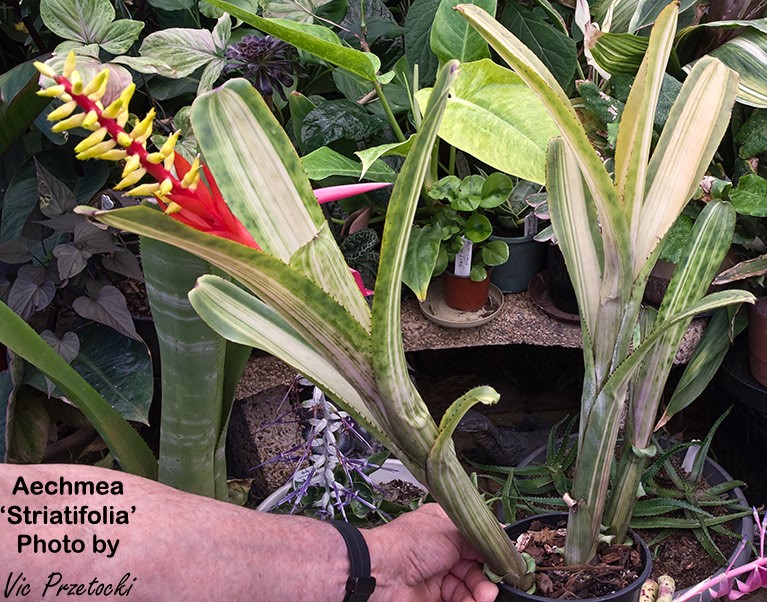
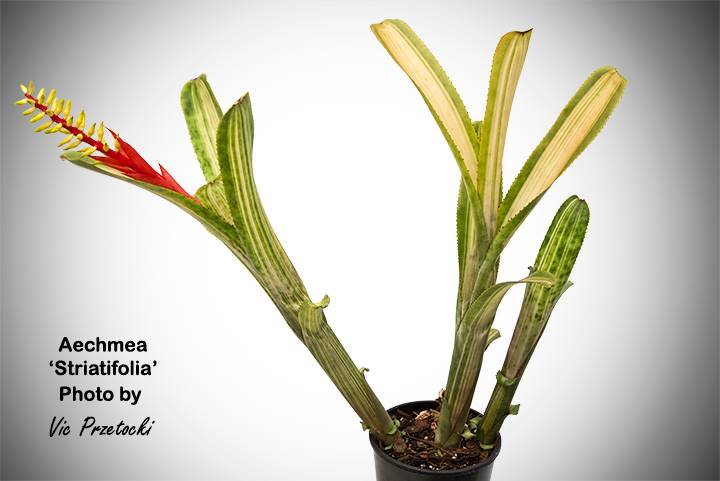
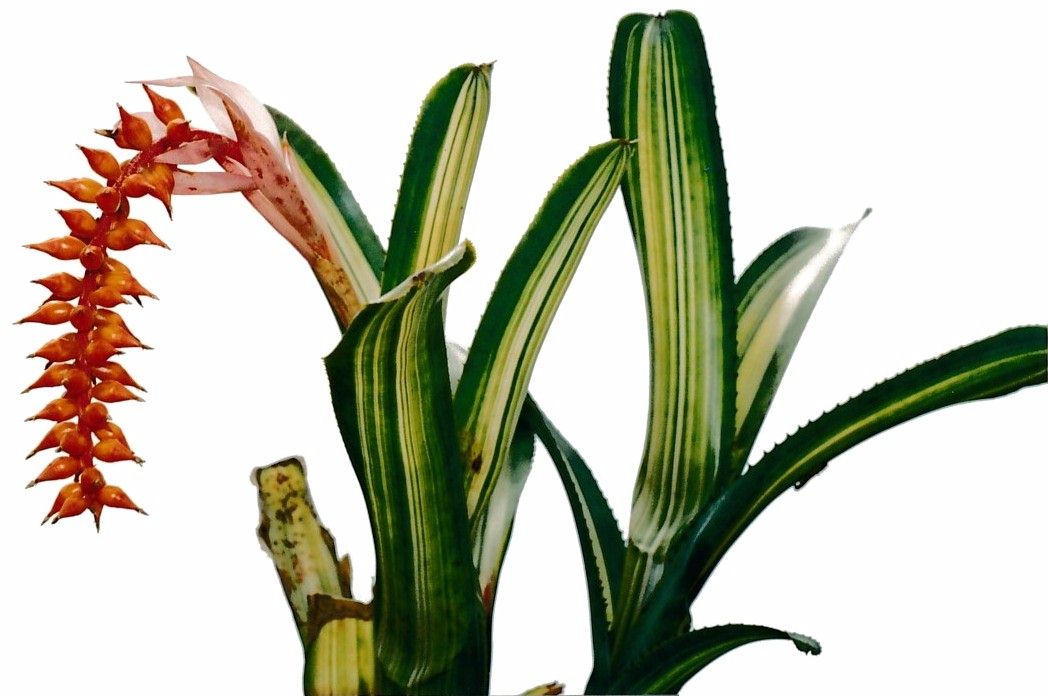
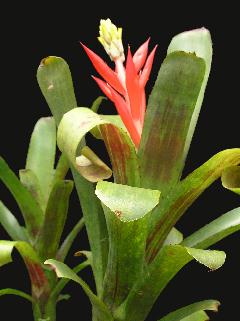
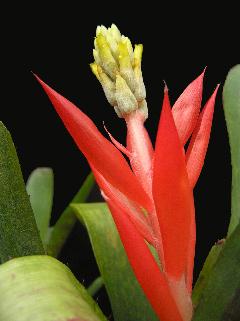
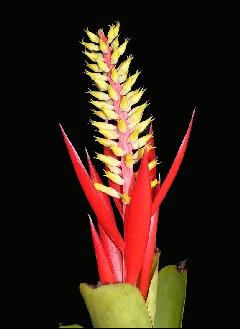
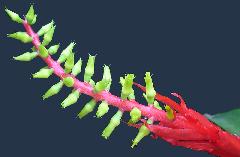
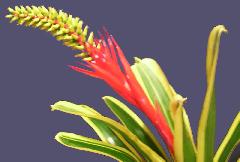
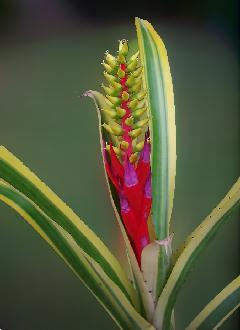
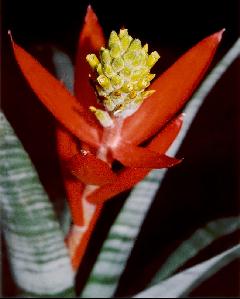
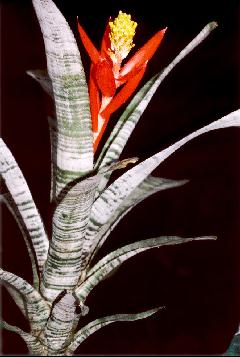
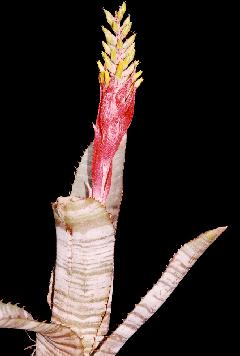
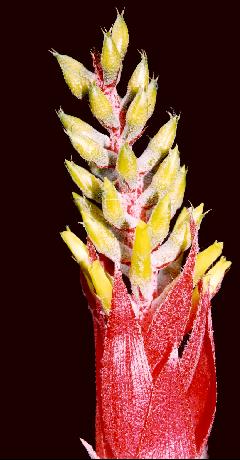
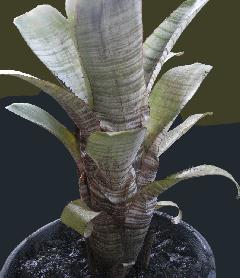
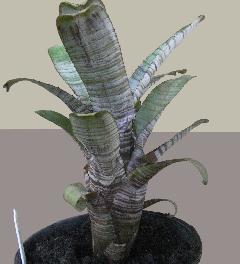
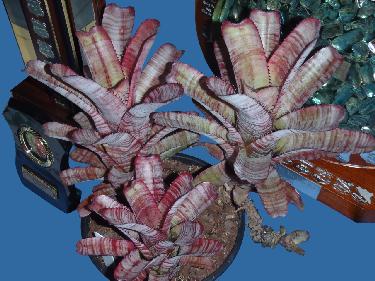
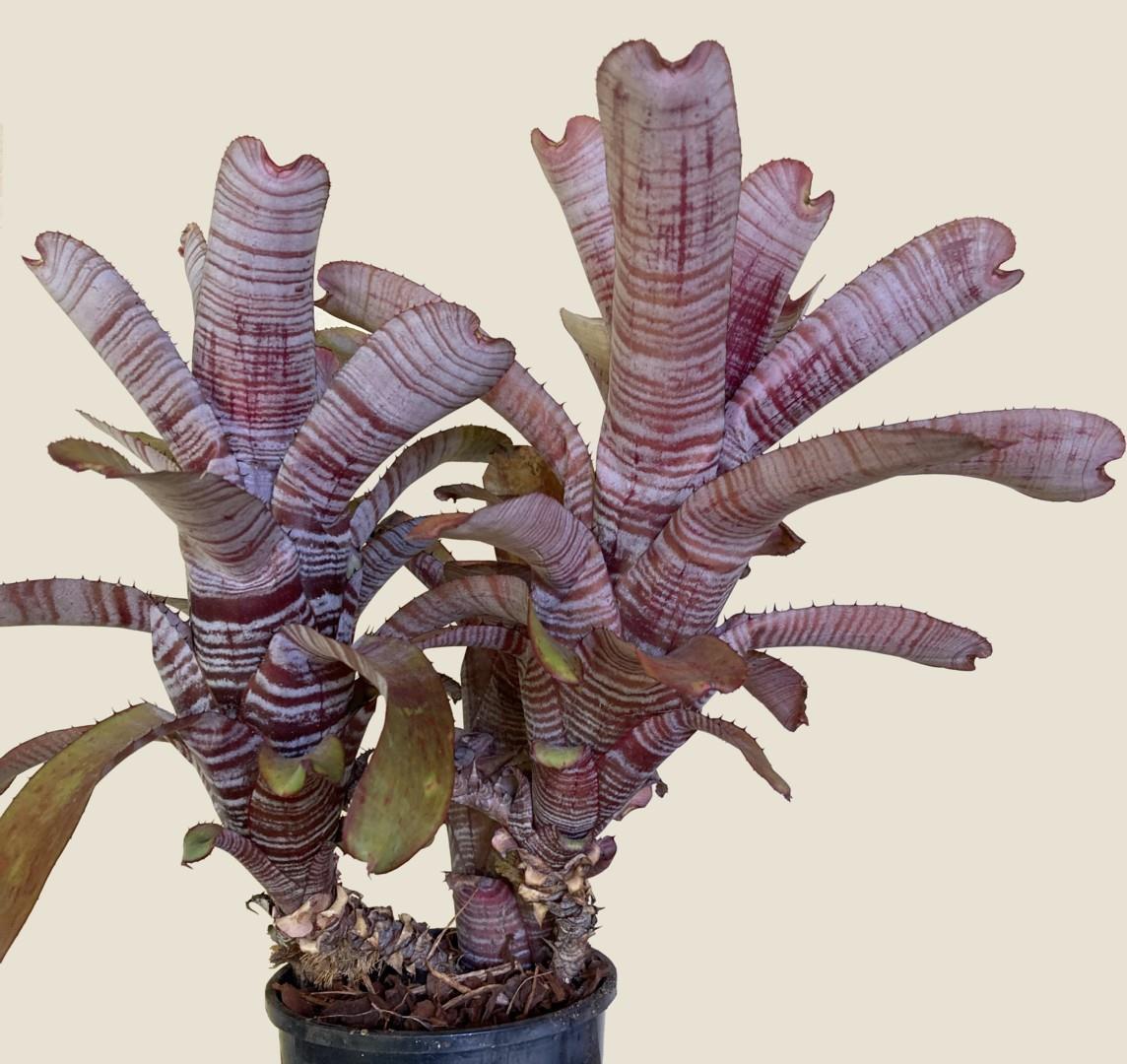
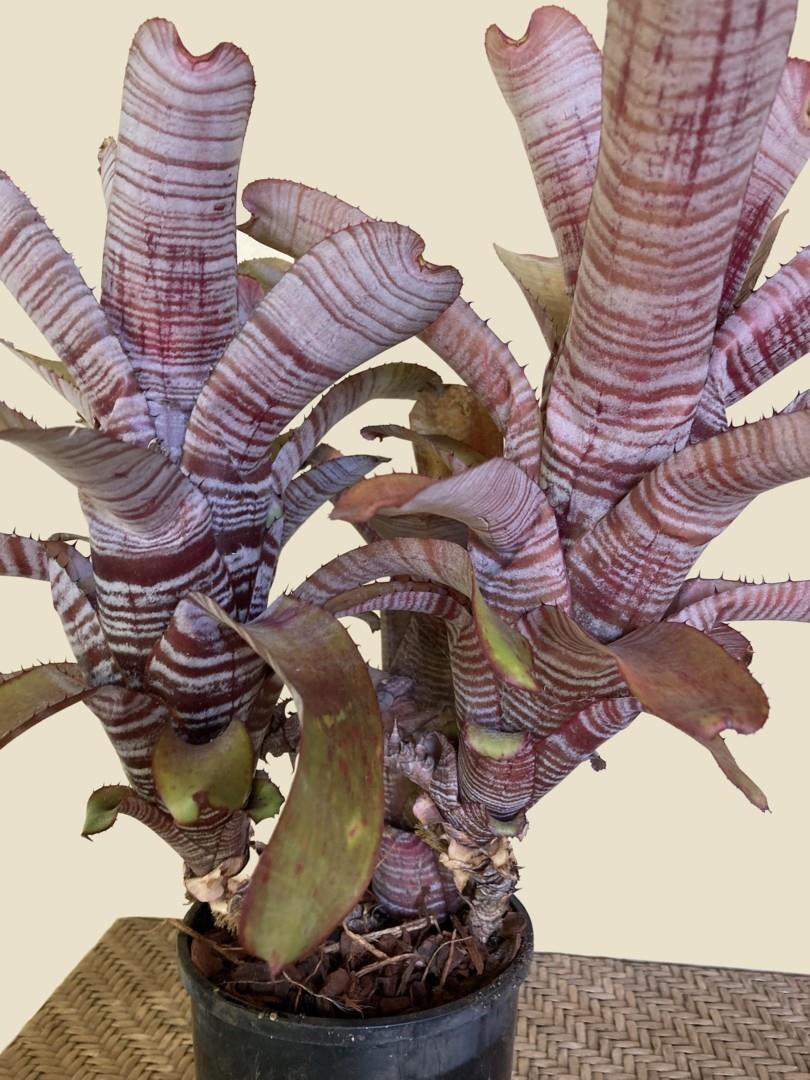
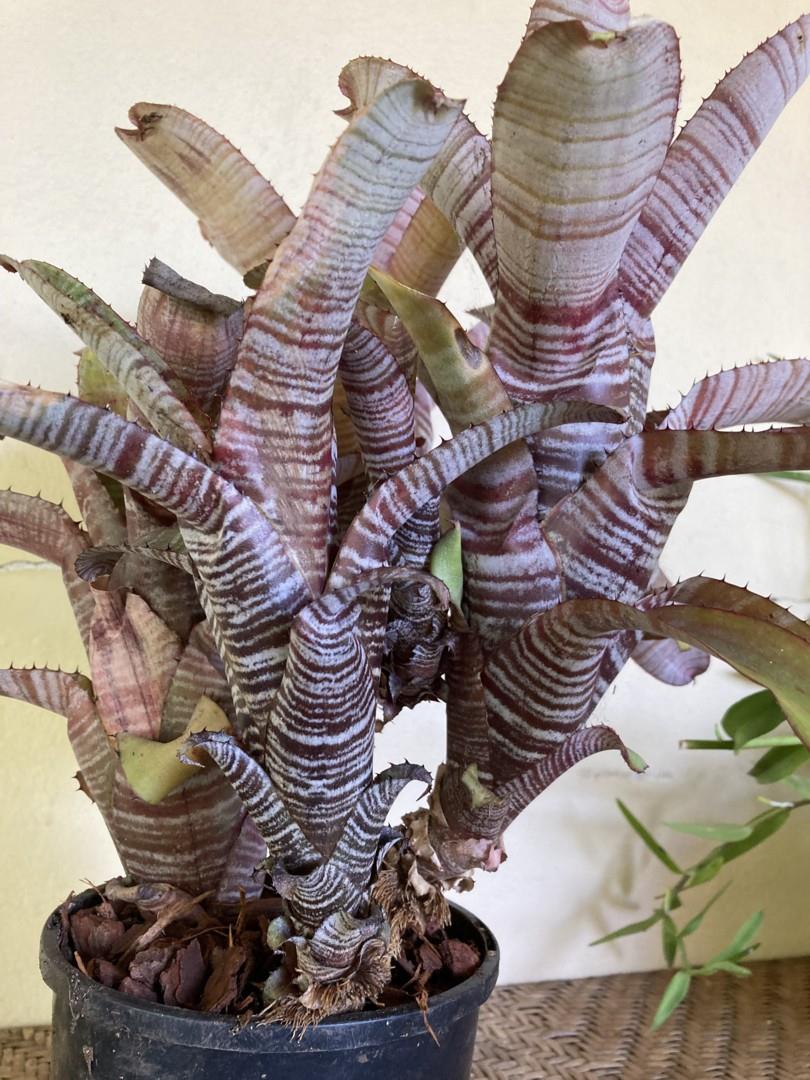
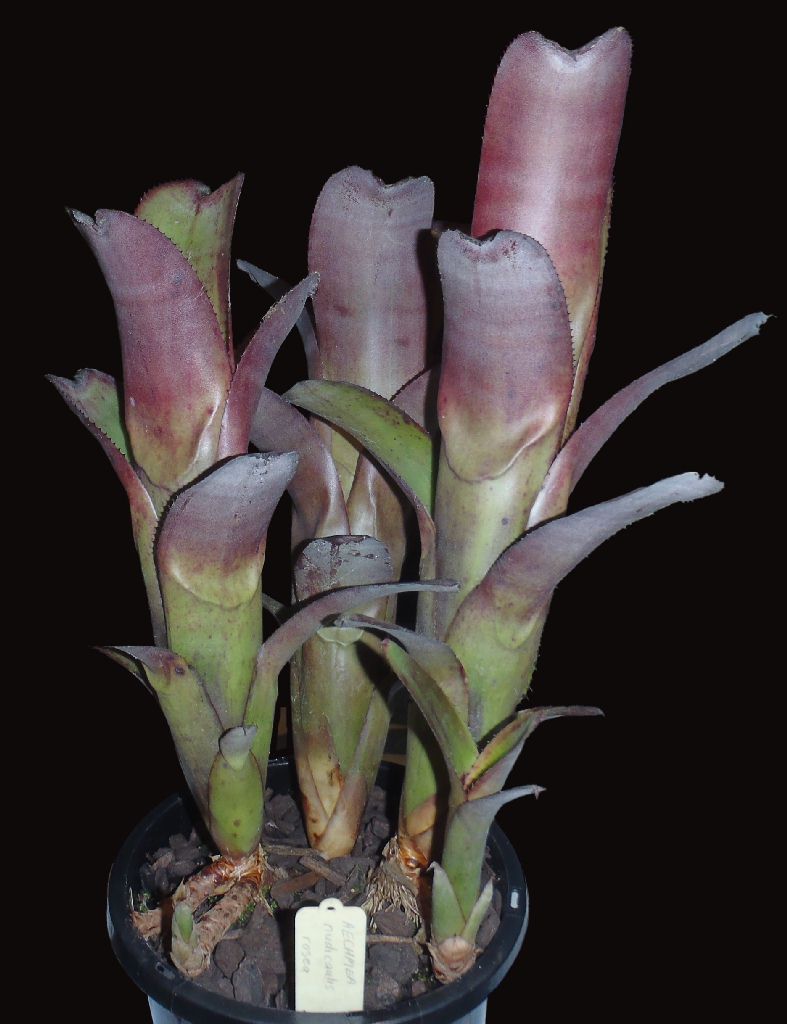
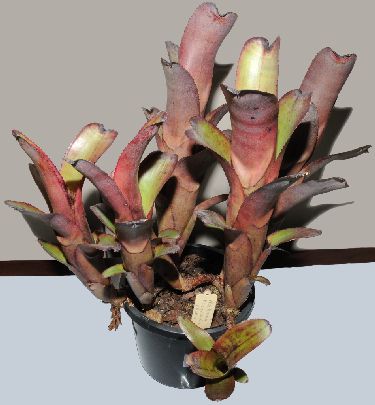
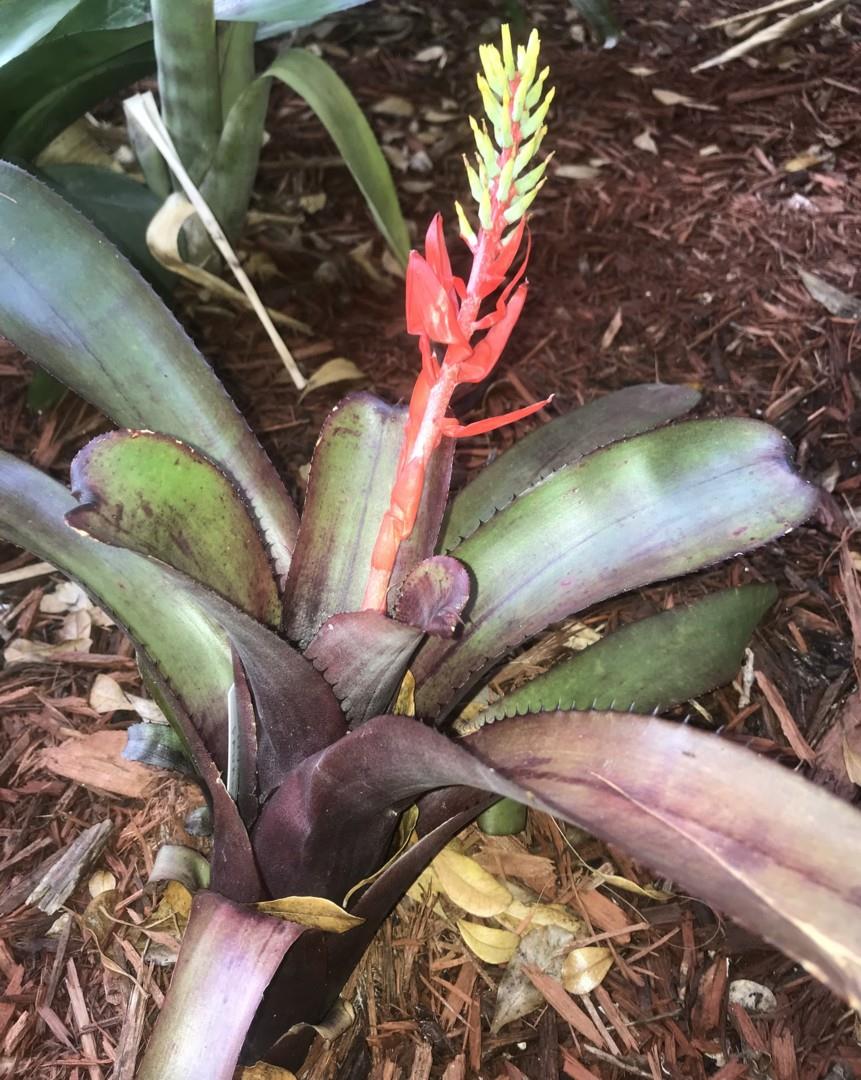
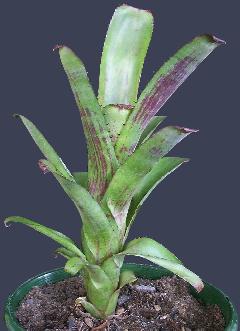
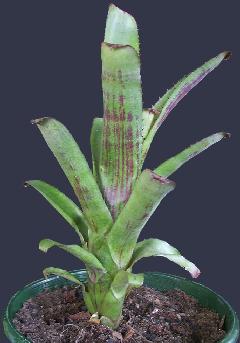








Previously I had accepted these varieties without a query when compiling a key to the infraspecies and decided I needed to revise my thinking. Harry Luther did say I was wasting my time on such endeavours and I knew that in 1997 Tanya Wendt said as follows...
Aechmea nudicaulis by T Wendt in Bot. Journ. Linnaean Soc. 125:245-7. 1997
The wide distribution and variation of A. nudicaulis has led to the description of many taxa representing different forms in different parts of its distribution range. Considering that A. nudicaulis is an easily recognizable species, and these forms are not clearly delimited, for now it seems more appropriate to broadly delineate it.
So I checked as to how others saw this species. The World Check list recognizes Aechmea nudicaulis and varieties, aequalis, cuspidata, and nordestina. I then checked REFLORA to see how the Brazilians interpreted this species. This features 407 herbarium specimens of which some 350 represented A. nudicaulis. The remainder covered varieties aequalis, aureorosea, cuspidata and nordestina. There was one for Sucre 1791 which is the type for var. plurifolia but this had been amended to var. cuspidata by T. Wendt on 31/07/1987. This indicated to me that there was doubt as to the status of var. plurifolia. Overall it showed a reluctance to try to identify at infra-specific level.
If we follow the Brazilians the number of varieties will be reduced and if we accept these changes it will mean that several plants in cultivation with these obsolete varietal names PLUS variegates with just NN (nomen nudum) names will need to be registered.
These names follow...
capitata with bicoloured petals now to be called ‘Capitata’
cuspidata forma tabuleirensis (variegated) now to be called ‘Tabuleirensis’
flavomarginata now to be called ‘Flavomarginata’
plurifolia now to be called ‘Plurifolia’
simulans does not seem to be in cultivation
capitata albomarginata NN with bicoloured petals now to be called ‘Capitata Albo’
nudicaulis striatifolia NN now be called ‘Striatifolia’
From the taxonomist point of view we now have a simplified key which follows
1.PRIMARY BRACTS – almost white ==>> var. nordestina
1a. " " – red ==>> 2
2. FLORAL BRACTS - kidney shaped and minute petals yellow ==>> var. nudicaulis
2a " " - triangular or elliptic, relatively conspicuous ==>> 3
3. PETALS - wholly yellow ==>> 4
3a " " - red with yellow tip, sepals and ovary red ==>> var. aureorosea
4. SCAPE BRACTS - smallish, evenly spread on scape ==>> var. aequalis
4a " " - clustered beneath inflorescence petals and sepals yellow ==>> var. cuspidata
From the growers point of view we are getting less and less access to plants from the wild and registered names of cultivated plants is booming. So while it may be easy to identify an Aechmea nudicaulis in the broad sense as commented on by Tanya for plants found in the wild, it takes an astute eye for detail to link a plant to a cultivar name.
Before giving a form a different name remember that a Cultivar has been defined as follows
cultivar: Produced in cultivation as opposed to one growing in habitat; – an assemblage of plants that has been selected for a particular attribute or combination of attributes and that is clearly distinct, uniform, and stable in these characteristics and that when propagated by appropriate means retains those characteristics.
Because of the volatility of this species, different quoted parentage does not necessarily mean there is a difference.
We know that so far there are 25 registered cultivar names
*Ed. updated list 06/19
Big John
Blackie
Candy Cane
Capitata
Capitata Albo
Chiriqui Grande
Cranberry Frost
Dee Butt (variegated)
Dragon’s Blood
Frosty The Snowman
Good Bands
La Tigra
Lightning (variegated)
Mary Hyde (variegated)
Parati
Plurifolia
Porto Limon
Rafa
Rubra (now Xavante)
Silver Bands
Silver Ghost
Silver Streak Nudicaulis
Striatifolia
Tabuleirensis
Telegraph Hill
White Lightning (variegated)
Xavante
Zebra